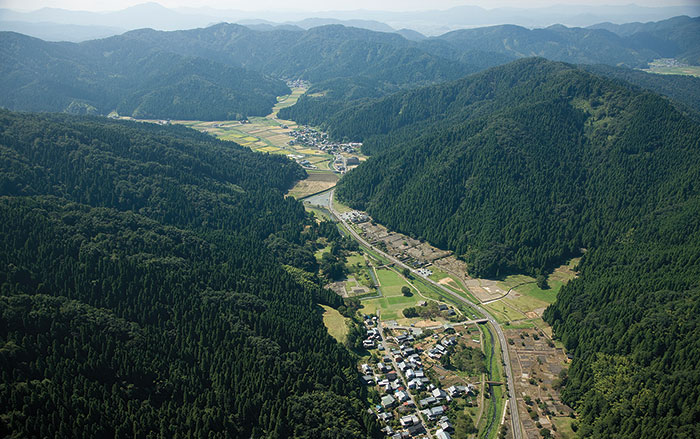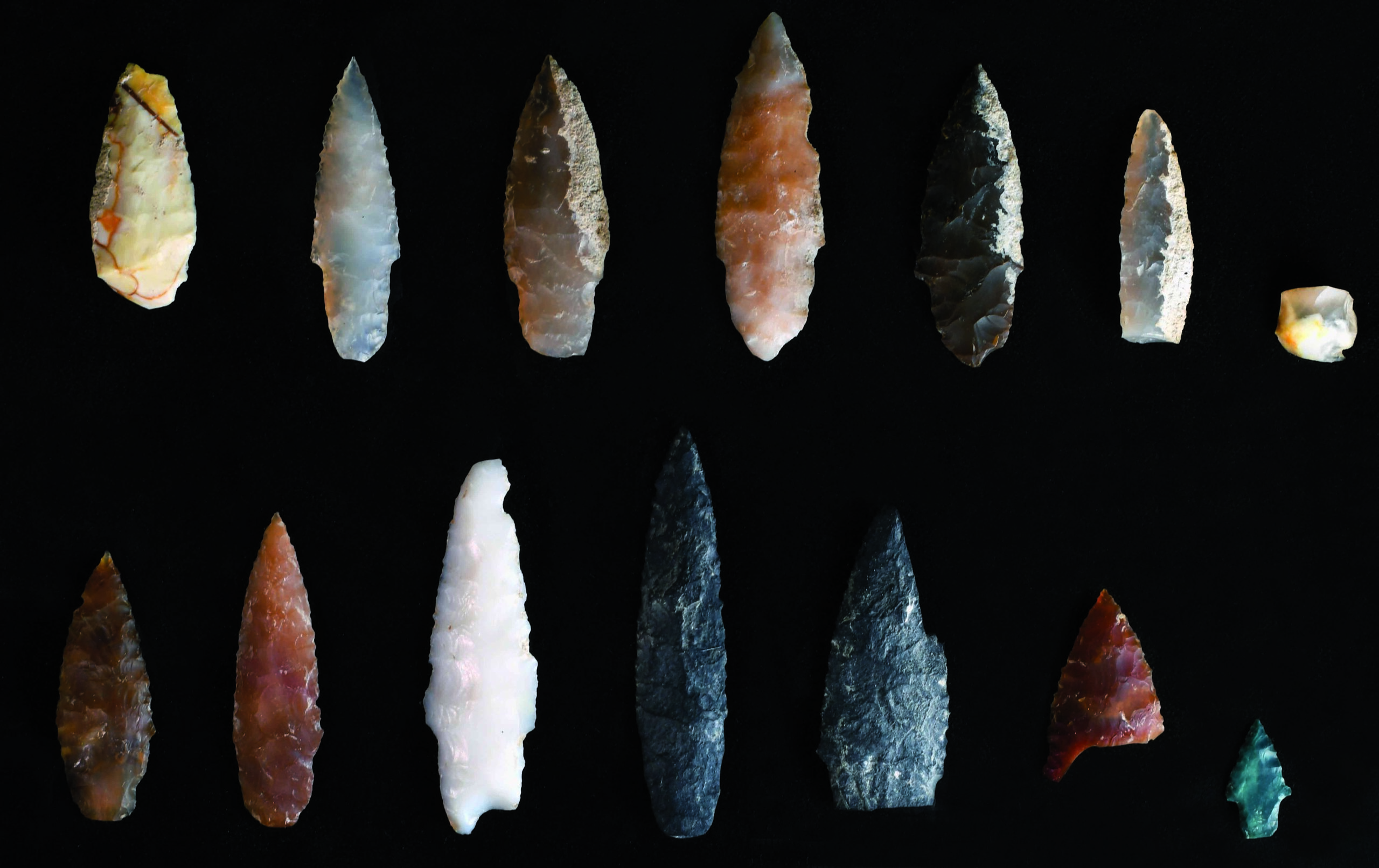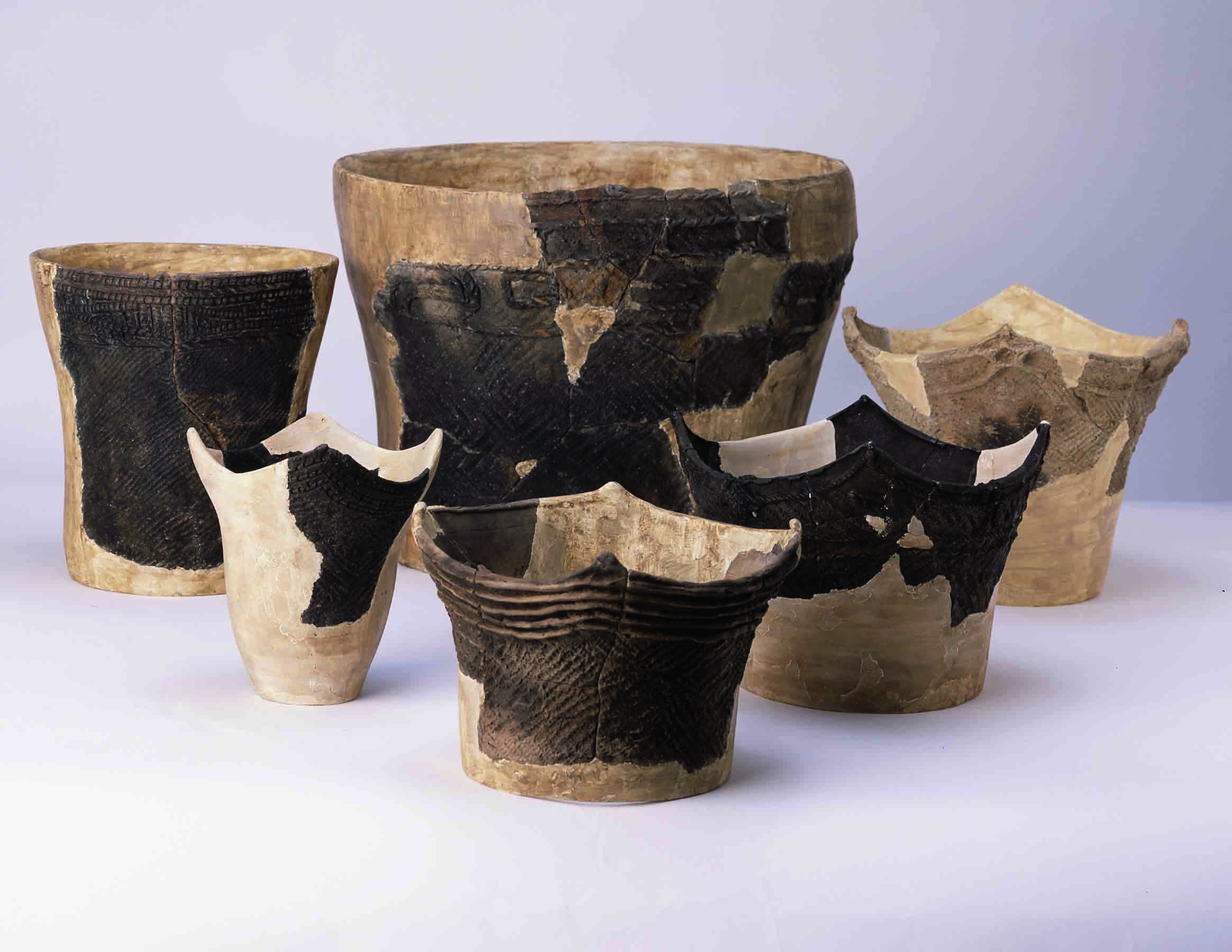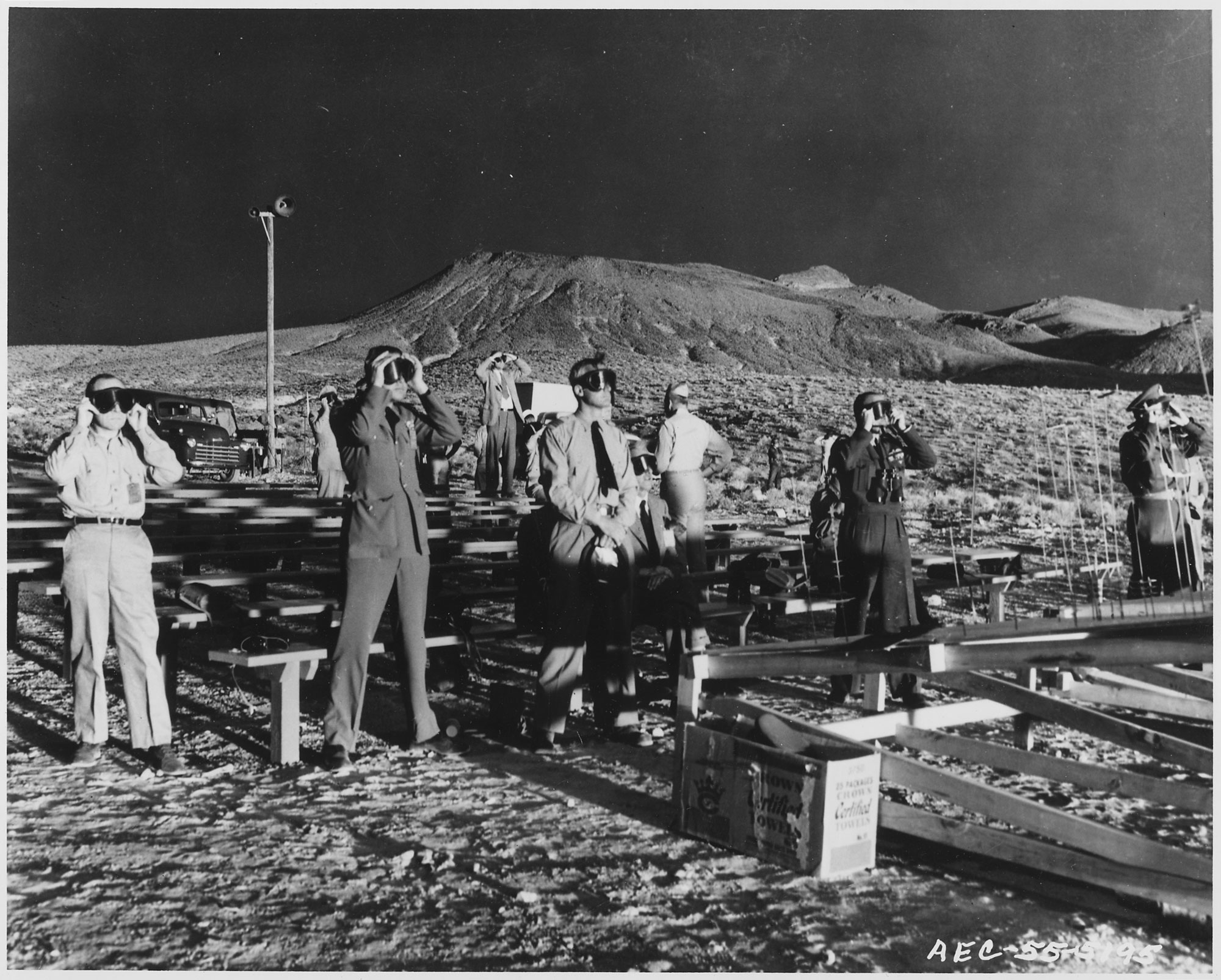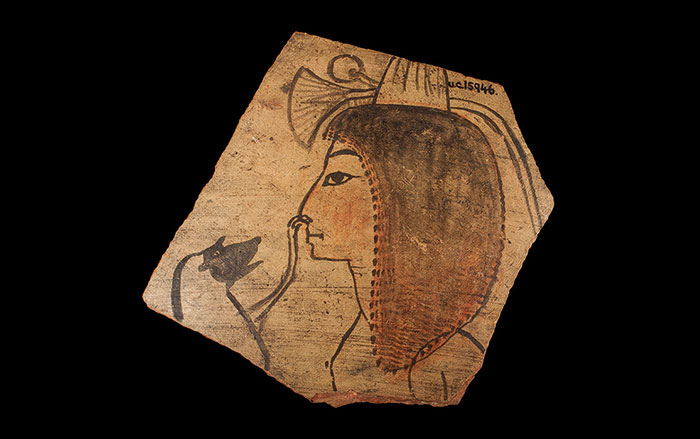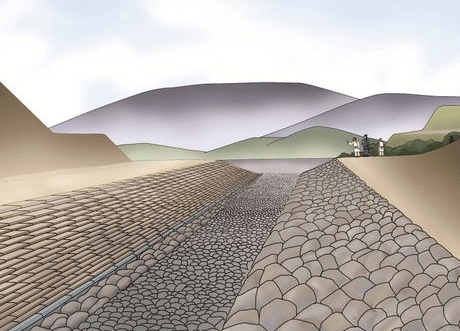
ASUKA, JAPAN—Excavation work at a school at the Koyamada ruins in Nara Prefecture has uncovered the remnants of what may have been a moat at the first burial site of Emperor Jomei (593-641), according to a report in The Asahi Shimbun. The moat had been lined with quartz diorite boulders on one of its sloping sides, flatter stones on its bottom surface, and special chlorite schist flagstones topped with flagstones known as “Haibara,” made of rhyolite, stacked in a staircase pattern on the other slope. The researchers estimate that the moat’s burial mound was square shaped, with each side measuring between 50 and 90 yards long. Jomei’s final gravesite, the Dannozuka burial mound in Sakurai, Nara Prefecture, was constructed in the same design with the same materials. To read about a Roman artifact discovered in Japan see "Imported Glass in Japanese Tomb Identified."



